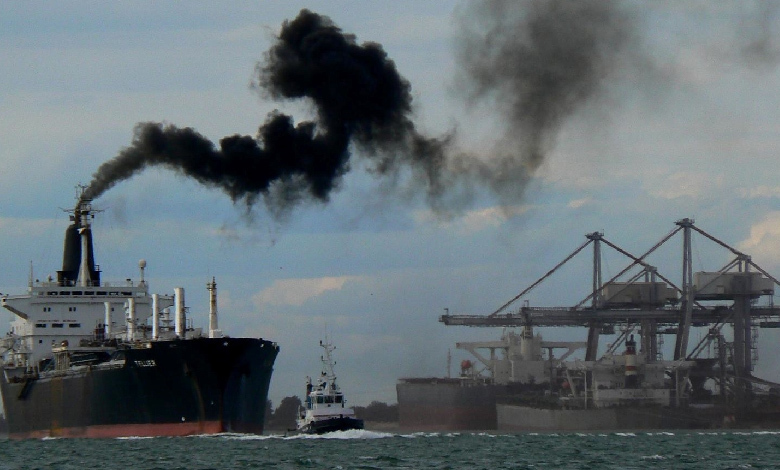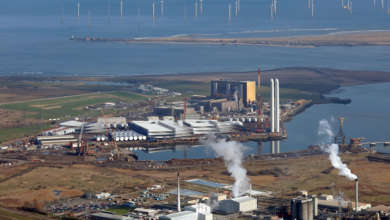UK’s Pembroke Power Station to try carbon capture and storage. Environmentalists are concerned.

There are plans to lay undersea pipes to carry carbon emissions from Pembroke Power Power – capable of generating enough electricity from burning gas to support four million homes. But environmentalists have raised serious concerns.
The scheme is set to link the station to a liquefied natural gas (LNG) terminal across the Milford Haven estuary in Pembrokeshire. Supporters said it can secure jobs. But the project involves significant building work across a protected marine habitat.
Despite being a notable polluter in Wales, the Pembroke Power Station has an “essential role” in the country’s transition to a greener future, its operator RWE noted. “This power station currently runs 80% of the time, in and around when there is insufficient renewable power,” said Little.
Exploring Pembroke Power Station’s carbon capture strategy
Richard Little, who is leading the site’s transformation as director of the Pembroke Net Zero Centre, highlighted the need to “build something that allows it to still operate at times when it is needed without impacting the climate,” reported BBC.
Besides new hydrogen production facilities which could eventually replace gas, RWE’s other answer is carbon capture and storage. The firm’s objective is to capture up to 2 mega tonnes of emissions by the end of the decade, rising to 5Mt by 2035.
Just more than half a mile away – across the protected marine habitat – is Dragon LNG, where natural gas in cold, liquid form arrives on giant tankers from overseas. It is then heated up, turned back into gas and sent on to homes and businesses for consumption.
The latest plan is to mirror that process – for Pembroke Power Station’s emissions to be pumped across the estuary to be liquefied and put onto ships at the LNG terminal to be transported to old, empty oil and gas fields in the North Sea for storage.
Getting approval from regulators is no easy task
Dubbed the Must project – Multi-Utility Service Transit – the pipelines can also carry residual heat from the power plant to help cut emissions involved in the LNG terminal’s operations. Moreover, hydrogen could also be transported in the future.
But getting approval from regulators to dig a trench and lay pipes across a busy shipping route and marine special area of conservation is no matter of less concern. Environmentalists fear using carbon capture on a gas power station would tie humans to fossil fuels for long.
Moreover, not all CO2 would be captured, while gas extraction itself leads to leakages of methane – a powerful greenhouse gas, according to Mike Childs from Friends of the Earth. It remains to be seen how Pembroke Power Station addresses the situation.
Read More: Major investors quitting or scaling back ties to influential climate coalition



